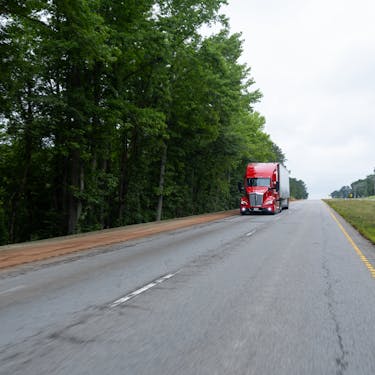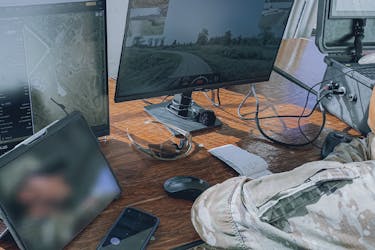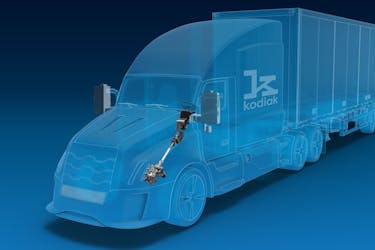From Covering Autonomy to Shaping Its Future: Why I Joined Kodiak AI
|

Red Whittaker, the legendary Carnegie Mellon University robotics professor who helped pioneer modern-day autonomous vehicles, once imparted advice that made a lasting impression.
“Better have a mission statement for yourself,” he told me during an interview done as part of my work as a journalist reporting on transportation technology. “Know your purpose.”
Whittaker scripted his own mission statement at an early age. He dreamed of using software and computing advances to create “thinking machines at work in the world,” and that phrase helped define a life spent building robots, including some which famously competed in the self-driving industry’s formative DARPA challenges.
What was my mission statement? He wanted to know. I regret that I did not have a ready-made answer. But he encouraged me to develop one – and to keep it short. After thinking about that for a few days, I ultimately distilled mine to this: Tell compelling stories.
That’s what I aspired to do as a journalist over the past 15 years, and the mission remains the same as I begin a new chapter in my career this week as I join Kodiak AI’s communications team.
Kodiak most definitely has compelling stories to tell.

“For years I covered the promise of autonomy from the outside. Now I’m stepping inside Kodiak to help tell the story as it becomes reality.”
I’ll confess I wasn’t sure what to make of the company when it first appeared on the crowded autonomous-trucking landscape following its 2018 founding. But from the outside, I’ve been impressed in the intervening years watching Kodiak’s steady emergence as an industry leader.
What has stood out?
- Real-world deployments. As of the end of August, Kodiak’s trucks had traveled approximately 3 million autonomous miles in the real world, and the company had delivered 8 fully driverless trucks to Atlas Energy Solutions Inc. which are used in industrial applications in the Permian Basin.
- An extension of its core technology into the national security sector. Kodiak is helping the Pentagon evaluate autonomy in ground vehicles and help ensure American soldiers have modern AI and AV technology.
- Understanding how these real-world deployments feed into and accelerate the technology and operational advances Kodiak expects will allow the start of driverless operations on public highways starting in the second half of 2026.
All of that work is underpinned by a commitment to build the world’s safest driver and improve road safety beyond its tragic status quo.
When a leadership team that’s respected throughout the industry invited me to come aboard to help share those stories, the decision was a no brainer.
I’m fortunate to arrive at an inflection point for both Kodiak – the company started trading on the Nasdaq stock exchange September 25th – and the larger industry. Broadly, autonomous vehicles are being deployed in ever-greater numbers across the country in an ever-growing scope of applications. The promise first seen in those DARPA challenges many years ago is now being realized.
Autonomy’s story is a compelling one, and I look forward to sharing Kodiak’s role in that story, with you on the road ahead.

